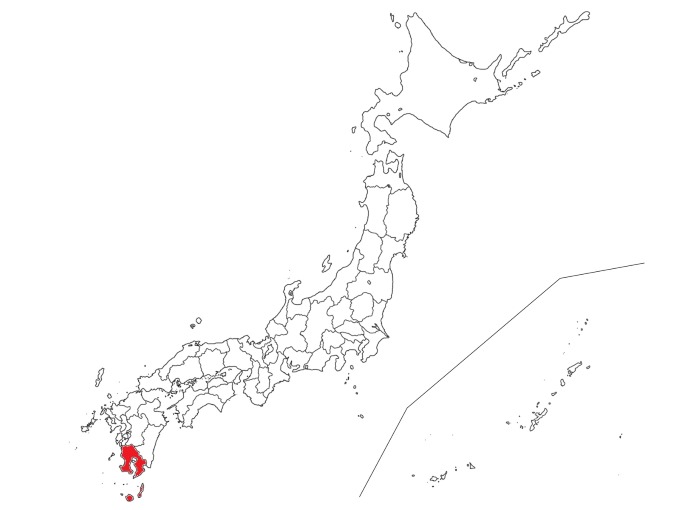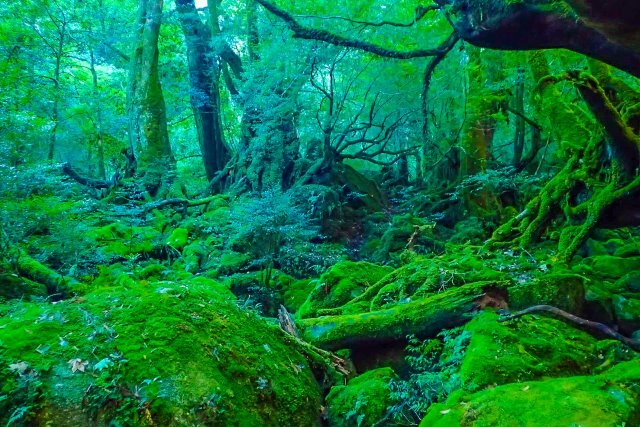Contents
1.Basic Information
Yakushima is enveloped by a grand nature that dates back to ancient times, and is home to a wide variety of endemic species, including Yakushima cedars that are thousands of years old and many endangered plants and animals. It also features a unique ecosystem and a wonderful natural scenery that displays a typical vertical distribution of vegetation from the subtropical climate of the coastal area to the subalpine zone of the central area. It was registered as Japan’s first World Natural Heritage site in 1993 in recognition of these characteristics.
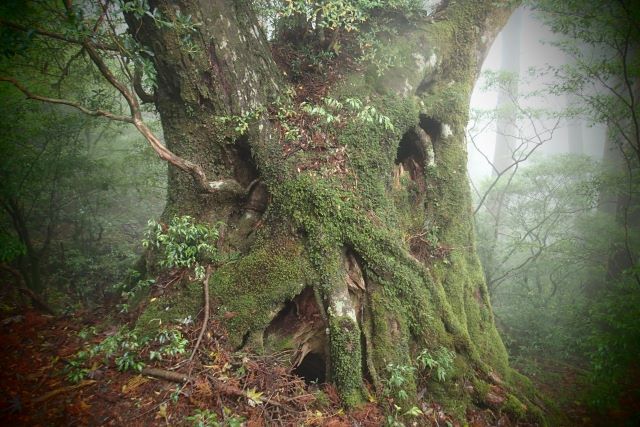
Jomon Sugi
The forests of Yakushima are filled with cedar forests that rise above 500 meters in elevation. The cedars that are over a thousand years old are specifically referred to as “Yakushima cedars”. Among them, Jomon Sugi stands out as one of the largest cedars on Yakushima, with an estimated age between 2000 and 7200 years, leaving all who see it in awe.
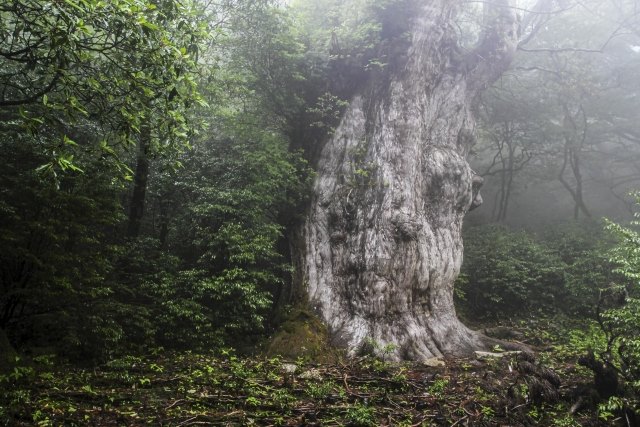
Wilson Stump
The Wilson Stump is said to be the stump of a gigantic Yakushima cedar that was cut down about 400 years ago. This stump has a large hollow in the center from which a clear spring flows. At the base of the stump, three small cedars are growing, signifying the growth of the next generation of cedars after the giant tree was cut down. This stump is named after Dr. Wilson, an American botanist who conducted research on the Yakushima cedars during the Taisho era and introduced this large stump to the world.
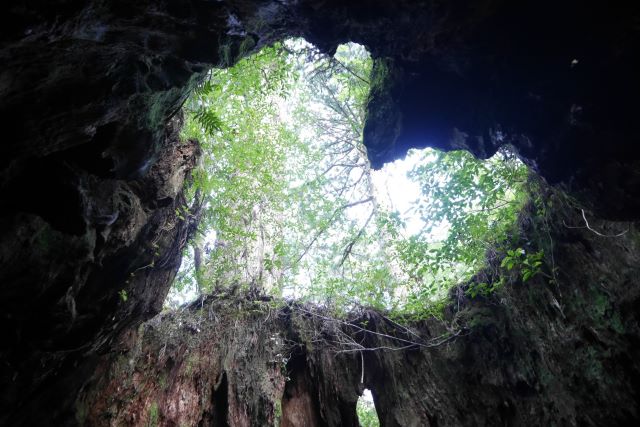
Shiratani Unsuikyo
Shiratani Unsuikyo is a popular spot where visitors can casually enjoy the primitive forests of Yakushima, including Yakushima cedars that are over 1,000 years old. It serves as a place of interaction between humans and the forest. The panoramic view of Mt. Miyanouradake, the highest peak in Kyushu, coupled with cherry blossoms and fresh greenery in the spring, offers a refreshing view that makes you forget the fatigue of mountain climbing.
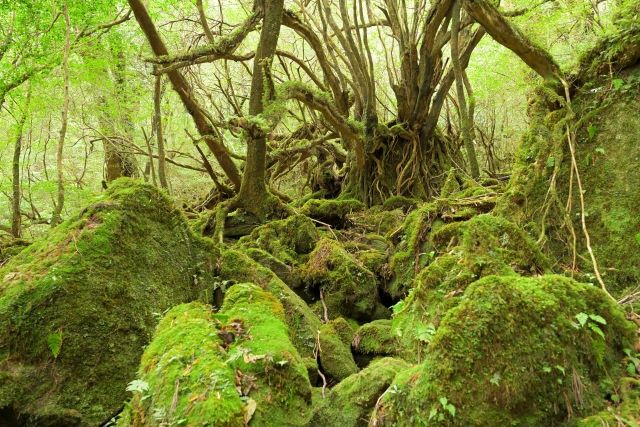
Nagata Inakahama
The beach formed by the weathered granite white sand brought by the Nagata River stretches for about 800 meters. This is known as a landing spot for sea turtles that swim across the Pacific Ocean to lay their eggs. However, during the sea turtle nesting and hatching season (from May 1 to August 31), access to the beach at night (from 19:30 to 5:00 the next morning) is restricted.
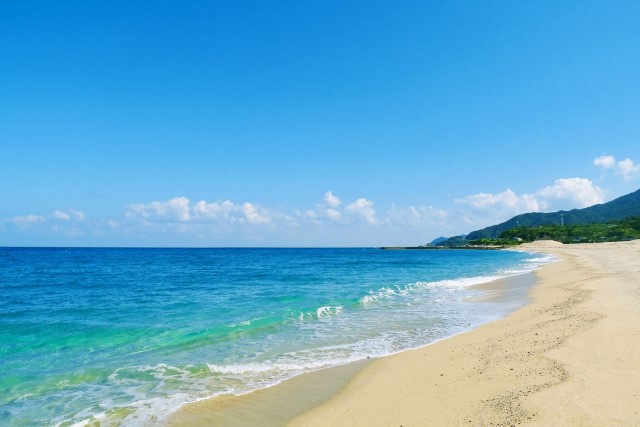
Senpiro Falls
With a drop of about 60 meters, the sight of a large amount of water falling down is one of the beautiful landscapes that represent Yakushima. You can enjoy the grand view of the large granite worn out by the river created by the abundant rainfall in Yakushima.
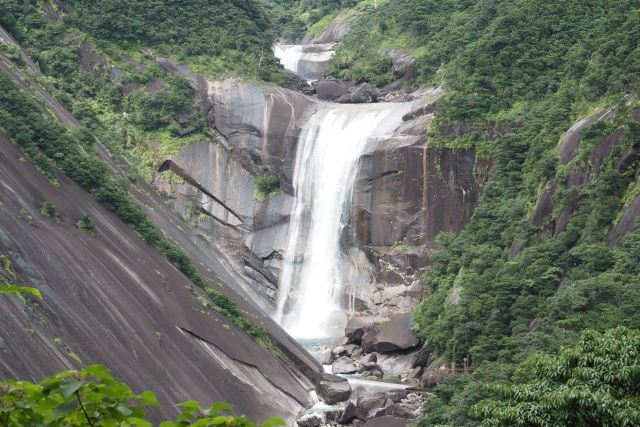
2.Reviews
Yakushima in Kagoshima Prefecture is said to be the inspiration for the forest in Studio Ghibli’s film “Princess Mononoke”. Especially in the “moss-covered forest,” which is also said to be a model for the movie, a fantastic view of the deep green primary forest covered with moss on trees and rocks spreads out. It is possible to explore individually without a guide.
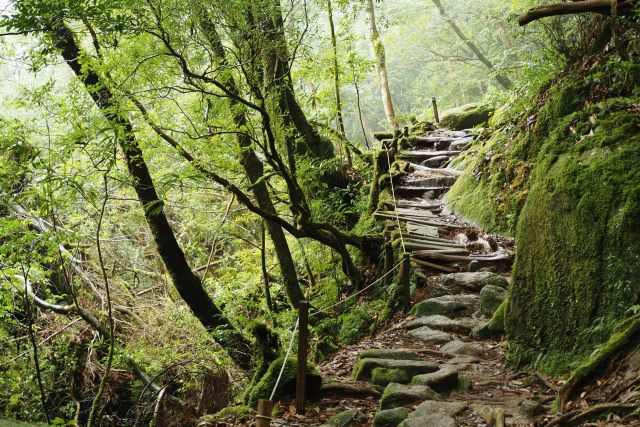
Okawa Falls boasts a height of 88 meters, and the abundant water sliding down the cliff is extremely powerful. You can walk to the basin of the waterfall, so you can feel the spray from the waterfall up close.
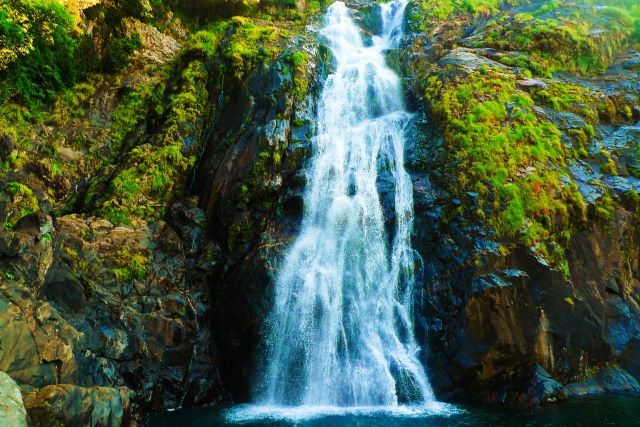
3.Local Food



4.Transportation Information
■Transportation to Yakushima:
JAC (Airplane) – Timetable:
https://www.jac.co.jp/
Toppy & Rocket (High-speed Ferry) – Timetable:
https://www.tykousoku.jp/
Ferry Yakushima 2 – Timetable:
https://ferryyakusima2.com/timetable.html
Ferry Haibisukasu – Timetable:
https://www.yakushimaferry.com/#timetable
■Internal Transportation on Yakushima:
Yakushima Kotsu Bus – Timetable:
http://yakukan.jp/doc/pdf/taneyakubus_timetable.pdf
Matsubanda Kotsu Bus – Timetable:
http://yakukan.jp/doc/pdf/matubandabus_timetable.pdf
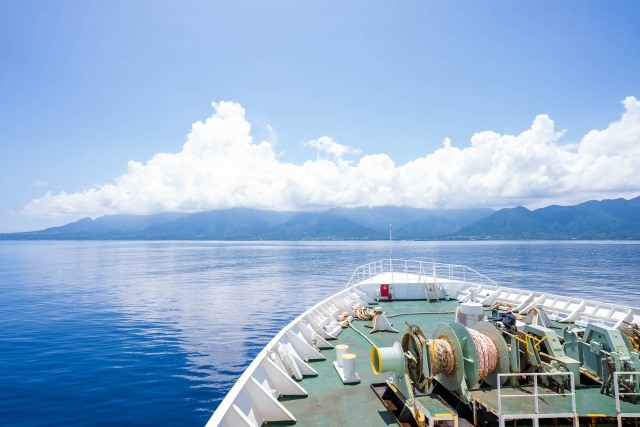
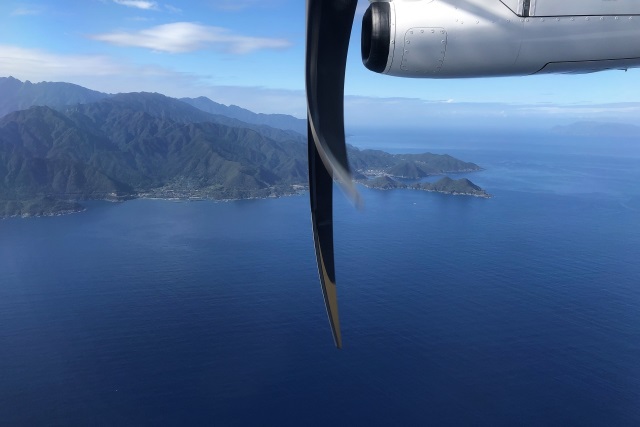
5.Map Information
Yakushima is an island located in Kagoshima Prefecture, Japan, about 60km south-southwest off the Osumi Peninsula. The island covers an area of 504.29 km^2, with a circumference of 130km, a width of approximately 28km, and a length of 24km. Its shape is almost circular, similar to a pentagon, and it is slightly smaller than Awaji Island. Among the islands in Kagoshima Prefecture, it’s the second-largest after Amami Oshima and ranks as the ninth-largest island in Japan. Moreover, Yakushima has a high annual rainfall, with rain falling throughout the year. The recorded annual rainfall is about 4,000 to 5,000mm in flat areas, and approximately 8,000 to 12,000mm in mountainous regions. Furthermore, the area near the mountain peak has an average annual temperature of about 7°C, making it the southernmost region in Japan where snowfall is observed.
